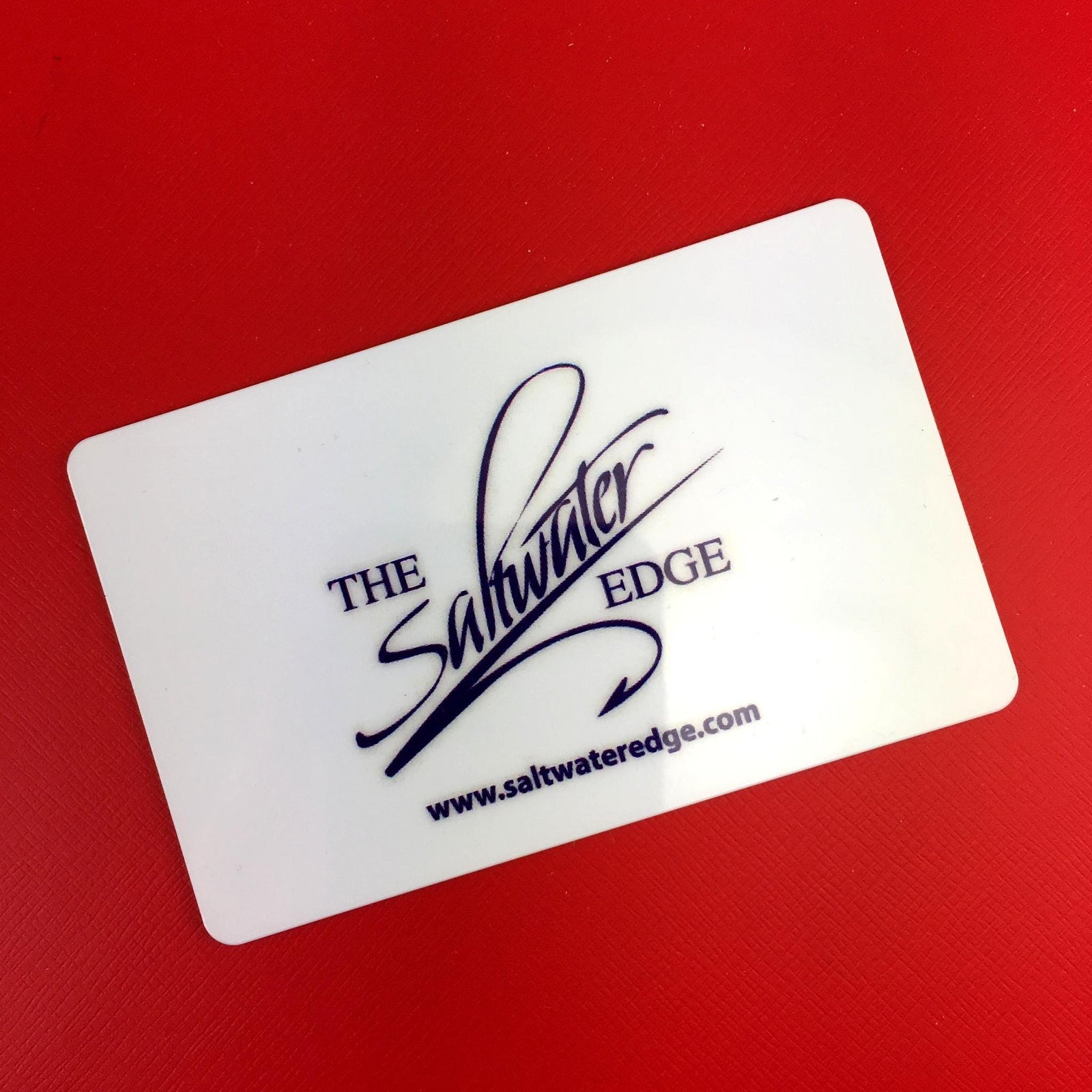Just ahead of the mass striper migration that we all look forward to is another migration, one which you may have overlooked but is sure to challenge you. For many it becomes one of the highlights of their season.
With the water warming and a lack of predators in the water squid use this time to flood into New England waters. For many squid fishing is way to stock up on bait for the season. Having a store of bait waiting in the freezer is one way to ensure you are ready for the summer season. By using jigging gear and terminal tackle you may already have it can cut down on the cost of bottom fishing later in the season.
For others squid fishing is about the technique and the challenge. Using light and motion to attract squid is a mental gear change from typical casting or bottom fishing. Squids are also not caught using a typical hook set but by tangling on the sharp tines of a squid jig.
Squid fishing falls into two main categories. The one you may be picturing in your head is the most popular. A row of guys bundled up in hoodies at the end of a pier or dock, generators humming away behind them powering lights pointed down into the water. A portable grill might even be grilling up some hotdogs as the coffee gets passed around.
The basic setup for this style fishing uses this style jig. These jigs can be fished solo or with up to four rigged in a line sabiki style. A weight is rigged to the bottom jig and you end up covering a good portion of the water column. With this drop shot style rig you can fine tune where your squid jigs appear in the water column. To make it even easier we offer a pre rigged fluorocarbon squid leader designed for this type of fishing. Your lures are tossed out near the edge of the lights, squid are most aggressive in the areas where the light tapers off, and allowed to sink to the bottom. Some anglers choose to let their jigs drift in the current while others jig up and down to attract the squid. If you can get a spot at one of the more productive jetties or piers this is a great way to stock up on squid.
The second method and one that has growing popularity is called Egi. Eging involves a slightly different type of squid jig. You can see the different shape the jig here. One of the best parts about Eging is the ability to do it during the day. Experienced egiers will scope out piers and docks at night to see if they are productive and return during the day to fish. Eging involves casting out the jig, starting your retrieve and alternating a few fast jigs with letting the jig flutter down. You’ll want to use a fast action rod to get the best action out of the jig. The squid will usually hit the jig while it is fluttering down in the water column so it’s important to keep some tension on the line. The brighter the color the better for daytime eging, squid have amazing eyesight and they will pick up the color and motion quickly. Try casting to the same spot a few times and if that doesn’t work start a few casts each in a clock pattern. If there are squid around they will quickly start congregating around where you are casting.
With a little effort you can stock on squid for the season as bait or table fare. If you are already a regular squidder give daytime eging a try. As always for any questions stop into the shop or give us a call.
See all of our squid jigs here: https://saltwateredge.com/collections/squid-jigs Want to read more about spring fishing? Check out: https://saltwateredge.com/blogs/saltwater-edge/tackle-and-tactics-for-schoolie-striped-bass























Leave a comment (all fields required)